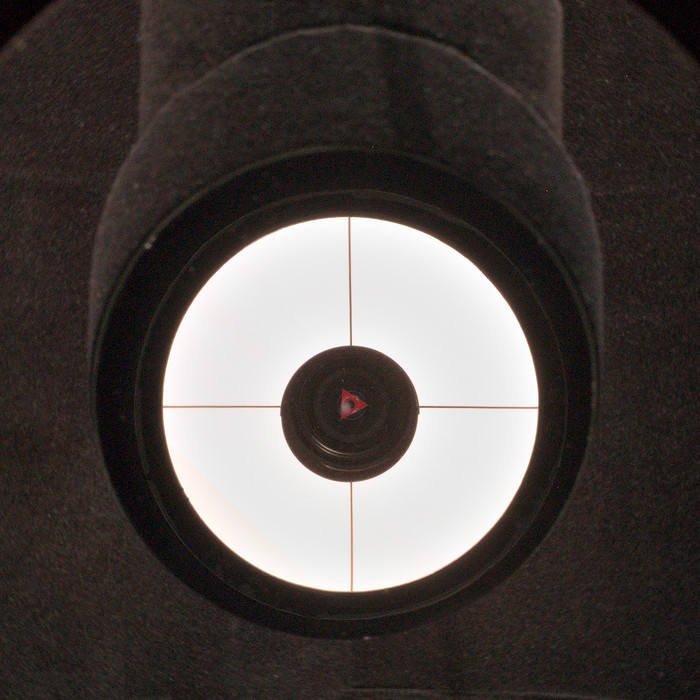Hi,
I'm still working on some issues with my telescopes to hopefully improve the quality of some of my data. The beautiful nebulas are getting lower in the sky and the galaxy season is coming closer. So I want to adress some issues with my longer focal length telesopes.
I was wondering, why my data taken with the Newton scopes (especially the TS-Optics Photoline 8" f/4 and TS-Optics Photoline 10" f/5) of some galaxies have a really heavy gradient in the background. I never felt I have this issues with both of my refractor scopes. Usually, I image different targets with both types of scopes and maybe, a gradient in an image of a nebula isn't as obvious as a galaxy image with a dark background. But I assume, the Newton images are worse.
So I took a look at my Newton scopes and realized quite a big gap where the tube of the focuser slides into the housing that is mounted on the scope barrel. There is also a gap around the main mirror to ensure an air flow, I guess. The question is if these gaps could cause such a heavy gradient. What are your experiences? Could there be other things that effect such problems?
I know, both of the Newts are kind of cheapish and may not be made of the best quality parts. The focusers are really basic and have some other issues as well. But I assume, the more expensive ones are made with a similar concept in mind and just use some better parts somewhere. I'm thinking about buying a better focuser to adress some issues I have with heavy cameras and filter wheels. But before I invest in a better focuser, I want to check if it is worth it. Maybe it's better to invest in a new OTA that is made from higher quality parts. Basically I really like the images I get from the Newts, but while trying to improve, I have to solve some problems.
But fixing problems caused by light leaks are maybe a helpful experience anyway. But how much impact do they have on the subs?
It would be really nice, if you take the time to write some lines about your experiences.
Thank you and CS
Christian
I'm still working on some issues with my telescopes to hopefully improve the quality of some of my data. The beautiful nebulas are getting lower in the sky and the galaxy season is coming closer. So I want to adress some issues with my longer focal length telesopes.
I was wondering, why my data taken with the Newton scopes (especially the TS-Optics Photoline 8" f/4 and TS-Optics Photoline 10" f/5) of some galaxies have a really heavy gradient in the background. I never felt I have this issues with both of my refractor scopes. Usually, I image different targets with both types of scopes and maybe, a gradient in an image of a nebula isn't as obvious as a galaxy image with a dark background. But I assume, the Newton images are worse.
So I took a look at my Newton scopes and realized quite a big gap where the tube of the focuser slides into the housing that is mounted on the scope barrel. There is also a gap around the main mirror to ensure an air flow, I guess. The question is if these gaps could cause such a heavy gradient. What are your experiences? Could there be other things that effect such problems?
I know, both of the Newts are kind of cheapish and may not be made of the best quality parts. The focusers are really basic and have some other issues as well. But I assume, the more expensive ones are made with a similar concept in mind and just use some better parts somewhere. I'm thinking about buying a better focuser to adress some issues I have with heavy cameras and filter wheels. But before I invest in a better focuser, I want to check if it is worth it. Maybe it's better to invest in a new OTA that is made from higher quality parts. Basically I really like the images I get from the Newts, but while trying to improve, I have to solve some problems.
But fixing problems caused by light leaks are maybe a helpful experience anyway. But how much impact do they have on the subs?
It would be really nice, if you take the time to write some lines about your experiences.
Thank you and CS
Christian
